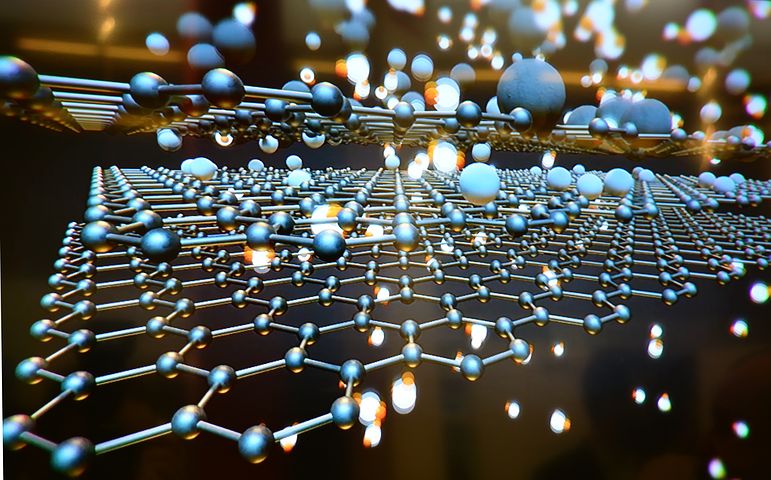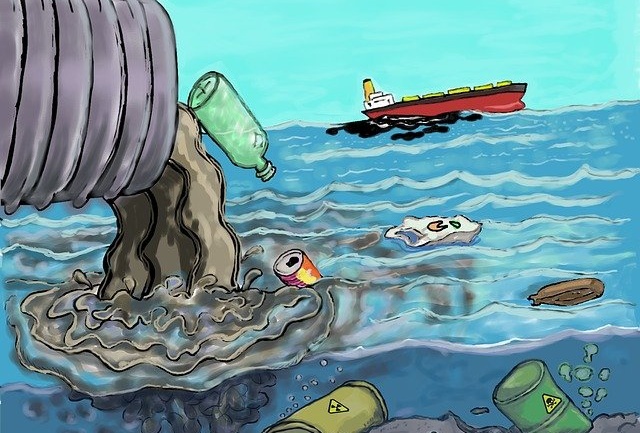By Sophia Arnao, Staff Writer and Researcher for Save The Water™ | April 17, 2016
Imagine a substance so thin it is considered two-dimensional. It may seem like something from a science fiction novel, but it’s real—and it’s changing the face of water purification technology as we know it.
What is graphene?
This miracle material, called graphene, is essentially a single layer of carbon atoms packed together in a hexagonal lattice structure, or “honeycomb” shapes (as shown above).1 At only one atom thick, it is the thinnest compound and lightest material.
Despite the fact that it naturally repels water, graphene allows water – and only water – to pass through when small pores are made in the sheet.2 In the past, scientists have created filters out of graphene that successfully purified water. However, the delicate properties and high cost of the material only allowed the filters to be made on a small scale.3
Recent breakthroughs and new applications
Recently, a new breakthrough was made in graphene-based water treatment when a research team at Monash University and University of Kentucky created a vicious form of graphene oxide that can be spread with a blade. It is also able to withstand harsh environments for extended periods of time. This, along with the capability for faster production, makes these filters valuable for a variety of larger-scale commercial applications.4
This filter is still likely just the beginning of graphene technology, but already a wide variety of applications can be imagined. One main use would be in desalination, which would allow seawater to be turned into tap water.5,6 This would be a major advance in mitigating water shortages worldwide, as most of the Earth’s water is found in oceans. Other uses could be for uses other than consumption, such as treating industrial wastewater or public utility water so it could be reused. If adopted, the filter could even purify other liquids, such as wine or milk.
As an organization that is involved in raising public awareness about issues related to water contamination, Save the Water™ can help educate people about the potential for graphene to be used in water filters. Informing more people about it may inspire more scientists to start working to apply these filters in the real world.
References
- Abozar Akbari et al. March 10, 2016. “Revolutionary graphene filter could solve water crisis.” Phys.org. http://phys.org/news/2016-03-revolutionary-graphene-filter-crisis.html
- Graphene-info. n.d. “Graphene and water treatment: introduction and market status.” http://www.graphene-info.com/graphene-water-treatment
- Jesus de La Fuente. n.d. “Graphene – What Is It?” Graphenea. http://www.graphenea.com/pages/graphene#.VvhAYBIrJE4
- Jesus de La Fuente. n.d. “Graphene Applications & Uses.” Graphenea. http://www.graphenea.com/pages/graphene-uses-applications#.VvhCOxIrJE4
- Wei Gao, et al. 2011. “Engineered Graphite Oxide Materials for Application in Water Purification.” American Chemical Society. http://pubs.acs.org/doi/abs/10.1021/am200300u
- Xylem Inc. n.d. “From Water Reuse to Water Desalination, Treating Water the World Around.” http://www.xylem.com/en-us/applications/water-treatment/Pages/default.aspx





